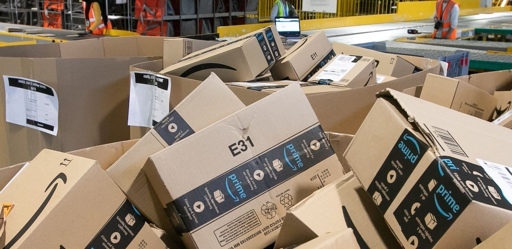- cross-posted to:
- Technology@programming.dev
- cross-posted to:
- Technology@programming.dev
Amazon delivery stations are being outfitted with robots across the country, leading to fewer workers and speedup for the workers that remain. Workers have reacted with defiance at the delivery station where I work.
Amazon fulfillment centers, where items are packaged up, have been gradually automating, but until now, delivery stations were mostly operated by human labor. Now, entire systems are being retrofitted or entirely removed “in the name of safety” and “for the good of employees.” But automation means workers will be laid off, shifted into new positions, or forced to transfer.
I work at the New York delivery station DBK4, in Maspeth, Queens, and it’s a window into this future. Smack in the middle of New York’s largest borough, DBK4 processes 60,000 to 100,000 packages daily, depending on the season. It employs 200 to 500 people inside the warehouse, plus up to 1,000 drivers.
Amazon has recently automated 80 percent of the conveyor belts in the facility with a new type of technology called ADTA (Auto Divert to Aisle). Before automation, the job was done in two parts; a belt brought packages from the loading dock and ‘pickers’ standing along its length picked up the packages. The pickers put packages onto racks corresponding to neighborhoods. A second worker, known as a stower, often working multiple aisles, then put those packages into bags bound for specific neighborhood blocks.



I hate Amazon ads where the guy orders a lightbulb or some other simple stuff, I just can buy that at the store.